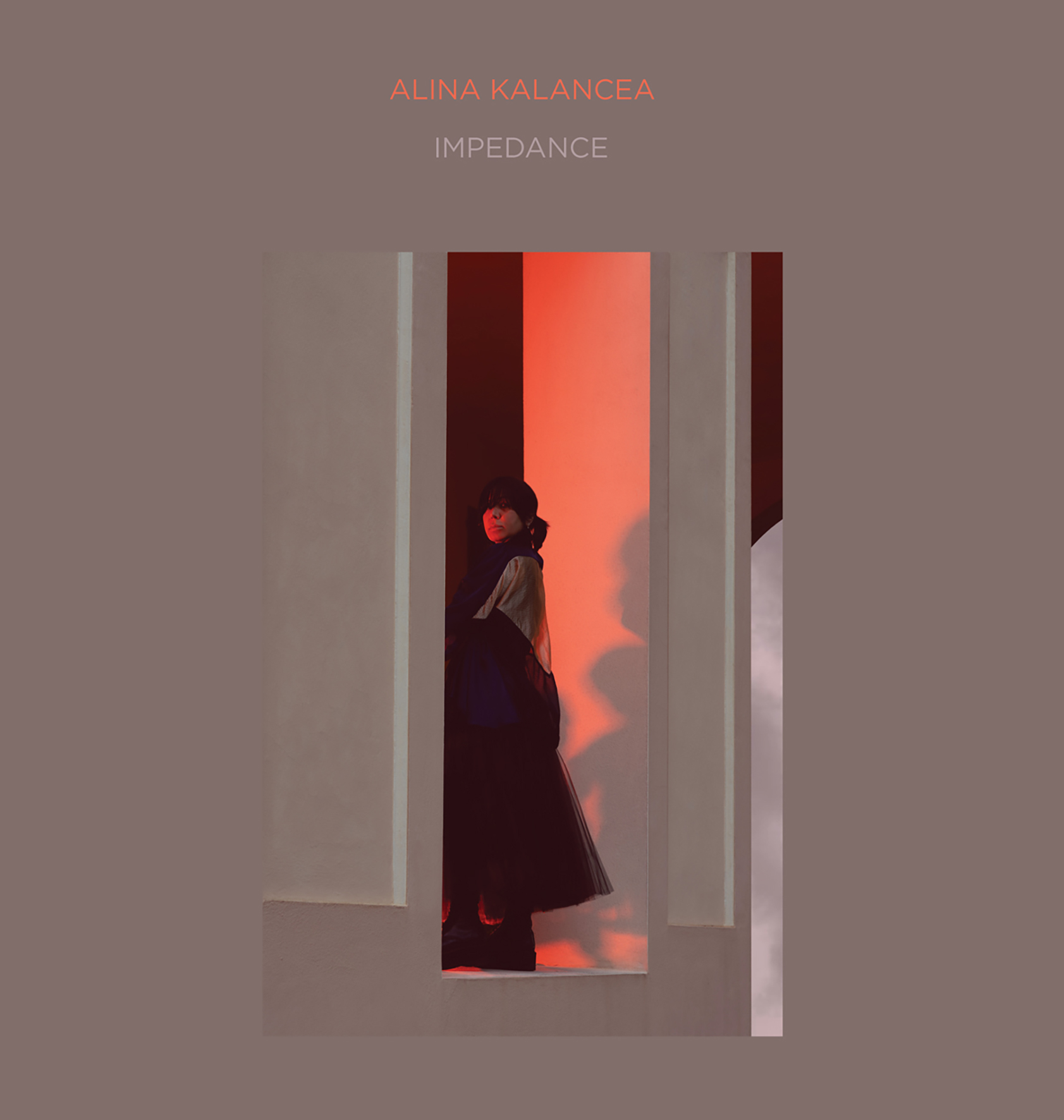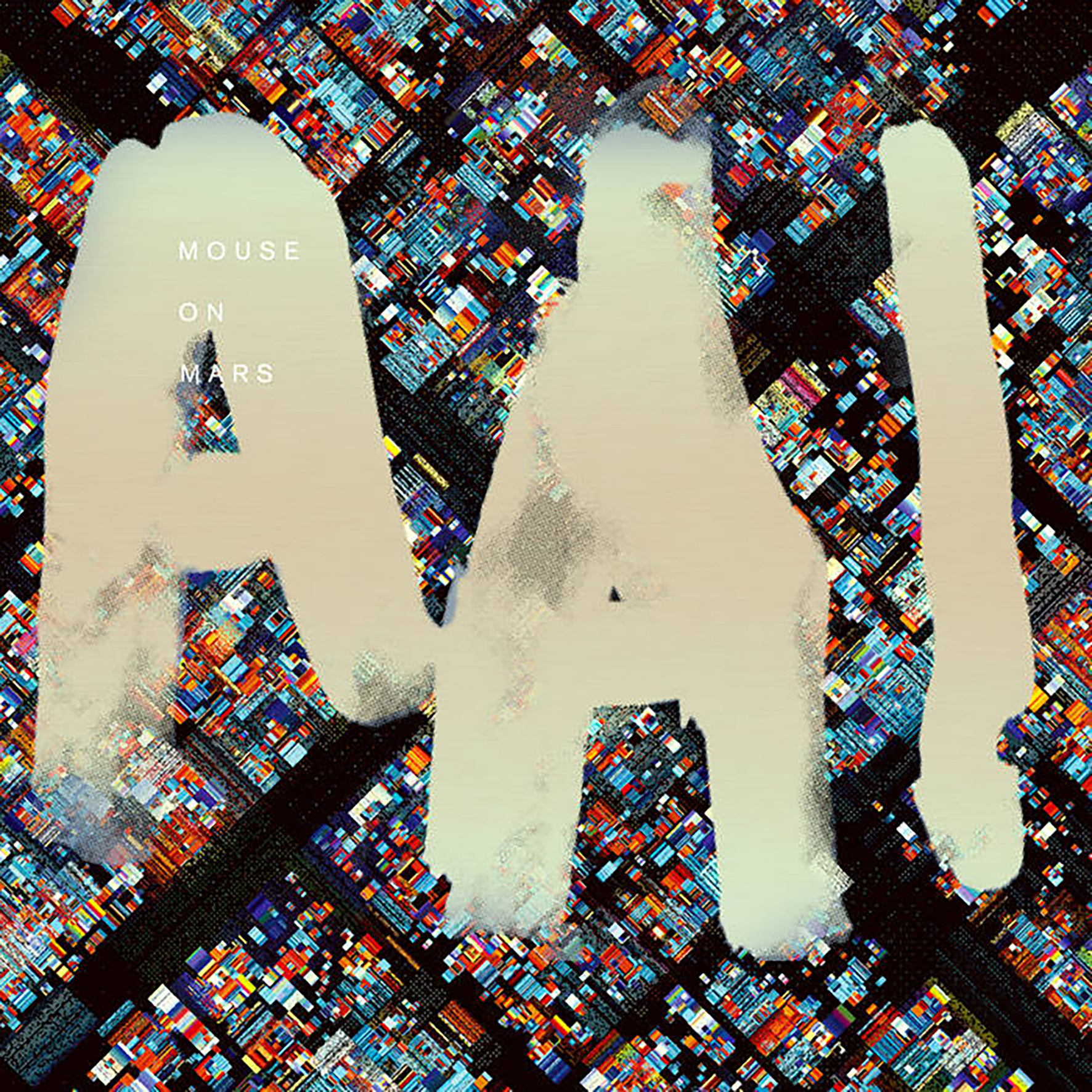
I cannot think of any other artist who consistently mystifies and perplexes me quite like Jan St. Werner, which is probably an admirable trait but makes his discography a bit of a minefield for me. This latest opus unsurprisingly continues that trend and even raises the bar a bit, as AAI is an ambitious collaboration with writer/scholar Louis Chude-Sokei and a talented team of programmers and artificial intelligence experts. The result is a complex sci-fi concept album that would likely fry the synapses of even the most devout prog rock fan, as the album attempts to mirror the "sound of an artificial intelligence growing, learning and speaking." Having seen the Matrix and the Terminator films, I am not sure I fully share the artists' thesis that we need to "embrace AI and technology as a collaborator to break out of our current cultural and moral stagnation and ensure our survival as a species," but AAI is certainly a challenging, wild, and unique album. Sometimes it is also a very good one too.
I suppose a radical premise deserves a similarly radical structure and AAI does not fall short in that regard, as these twenty pieces of varying lengths form a fitful and kaleidoscopic narrative of sorts. The words and voices technically originate from Chude-Sokei and Yağmur Uçkunkaya, but things certainly get quite complicated and convoluted along the way, as they were fed into voice modeling software and "played" like a synthesizer by St. Werner and Andi Toma. The accompanying music is stylistically all over the place, ranging from something akin to robot pop ("Artificial Authentic") to deranged-sounding loop collages ("Paymig") with many strange detours in between. The overall feel is definitely a futuristic one, but it is less "this is the blueprint for the next phase of electronic music" than it is "this feels like a disorienting, sensory overload mindfuck akin to drifting through a cacophonous gauntlet of televisions all loudly playing different things." If that sounds weird, nerve-jangling, and uneven, that is because AAI is unapologetically all of those things, but I definitely applaud St. Werner, Toma, and their collaborators for being this wildly adventurous (and Thrill Jockey for releasing something this bizarre). While I cannot say I embrace the entire album, it does feature some strikingly original and compelling individual pieces, particularly near the end, such as the stammering, deconstructed hip-hop of "Cut That Fishernet" and the heavy, lurching groove of "Dead Definition." I also like the obsessive and fragmented gibbering of "Go Tick" quite a bit. Obviously, I would not be terribly interested in this album at all if there were not some good songs, but the larger achievement here is how completely Mouse on Mars shoot past well-traveled territory to craft something that provocatively blurs together art, technology, and philosophy. Someone should definitely give them a pile of money to turn this into a traveling installation.
Samples can be found here.




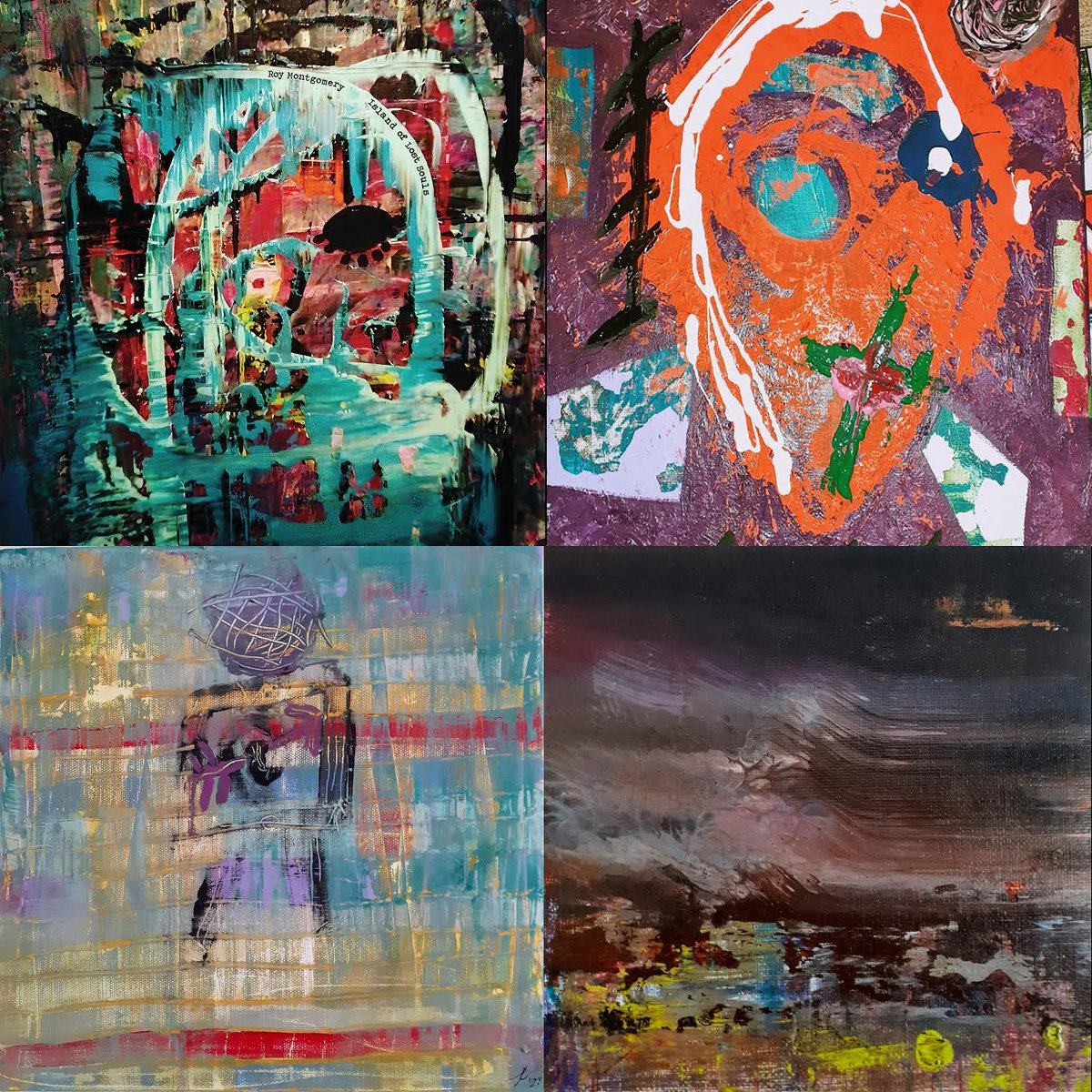
 Much like the prolific music criticism on his
Much like the prolific music criticism on his 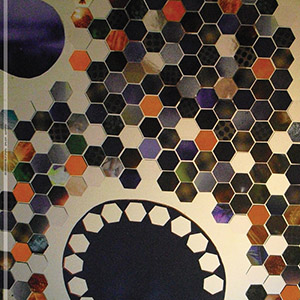 With only a handful of releases so far (as Rrill Bell and as The Preterite), the American born, German based composer Jim Campbell and his arsenal of various tape machines, is already doing amazing work. Layers of processed field recordings, various incidental tapes, and who knows what else come together in these two extremely dynamic and complex compositions that at times seem like completely alien, yet utterly fascinating worlds.
With only a handful of releases so far (as Rrill Bell and as The Preterite), the American born, German based composer Jim Campbell and his arsenal of various tape machines, is already doing amazing work. Layers of processed field recordings, various incidental tapes, and who knows what else come together in these two extremely dynamic and complex compositions that at times seem like completely alien, yet utterly fascinating worlds.

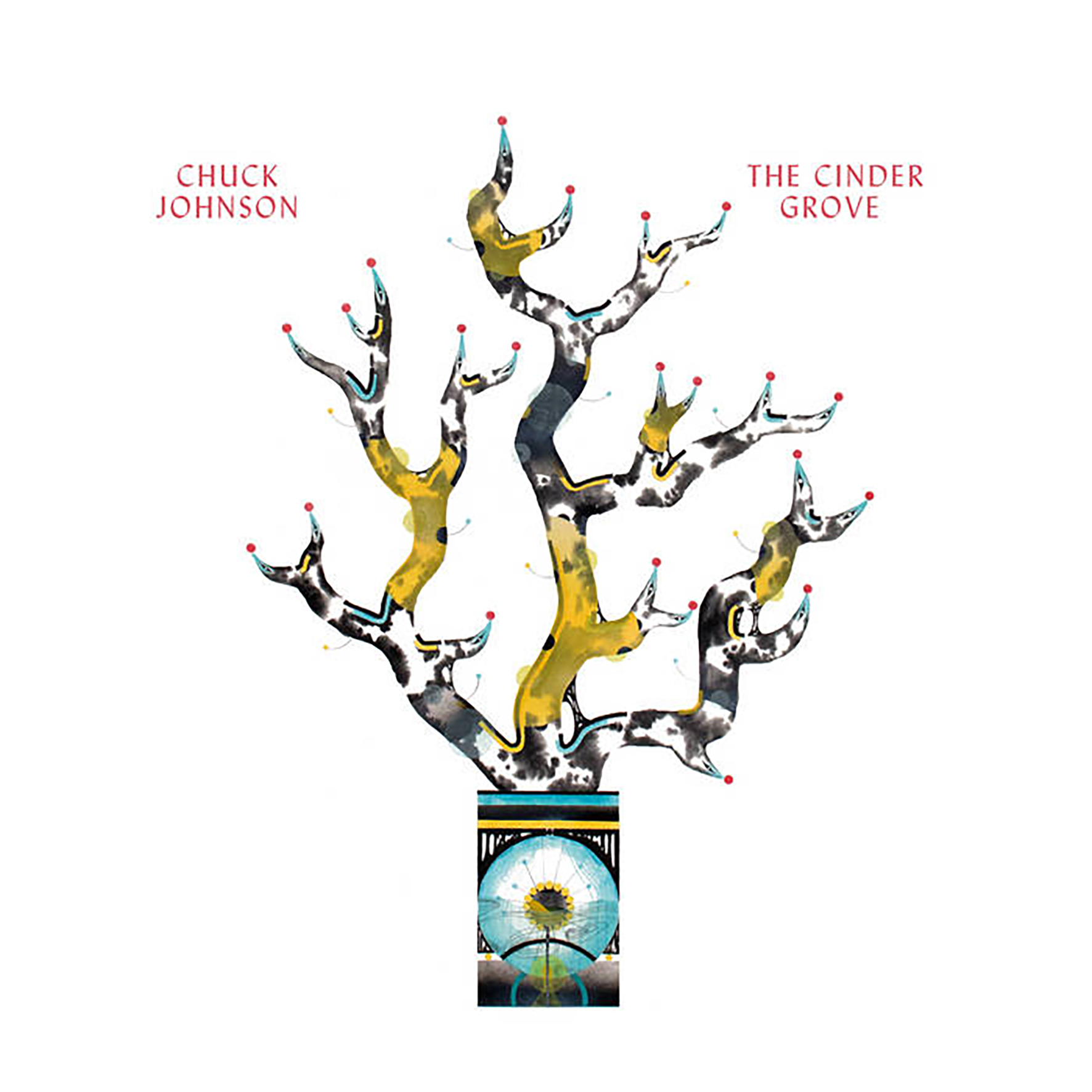
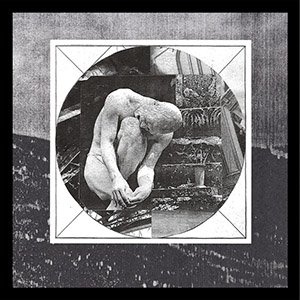 This latest CD from the duo of Luke Tandy and Shane Church has all the hallmarks of an old school harsh noise record. With an instrument list consisting only of tapes and pedals, and right up front the obvious use of clattering junk and buzzing instrument cables, I thought it was going to be a mid 90s throwback blowout of distortion. Encased in Marble/Wrapped in Roots is, however, more of an understated work. That rough-hewn production and use of overdriven sound is certainly there, but Tandy and Church deliberate in their use of dynamics and space, giving a perfect sense of tension throughout.
This latest CD from the duo of Luke Tandy and Shane Church has all the hallmarks of an old school harsh noise record. With an instrument list consisting only of tapes and pedals, and right up front the obvious use of clattering junk and buzzing instrument cables, I thought it was going to be a mid 90s throwback blowout of distortion. Encased in Marble/Wrapped in Roots is, however, more of an understated work. That rough-hewn production and use of overdriven sound is certainly there, but Tandy and Church deliberate in their use of dynamics and space, giving a perfect sense of tension throughout.